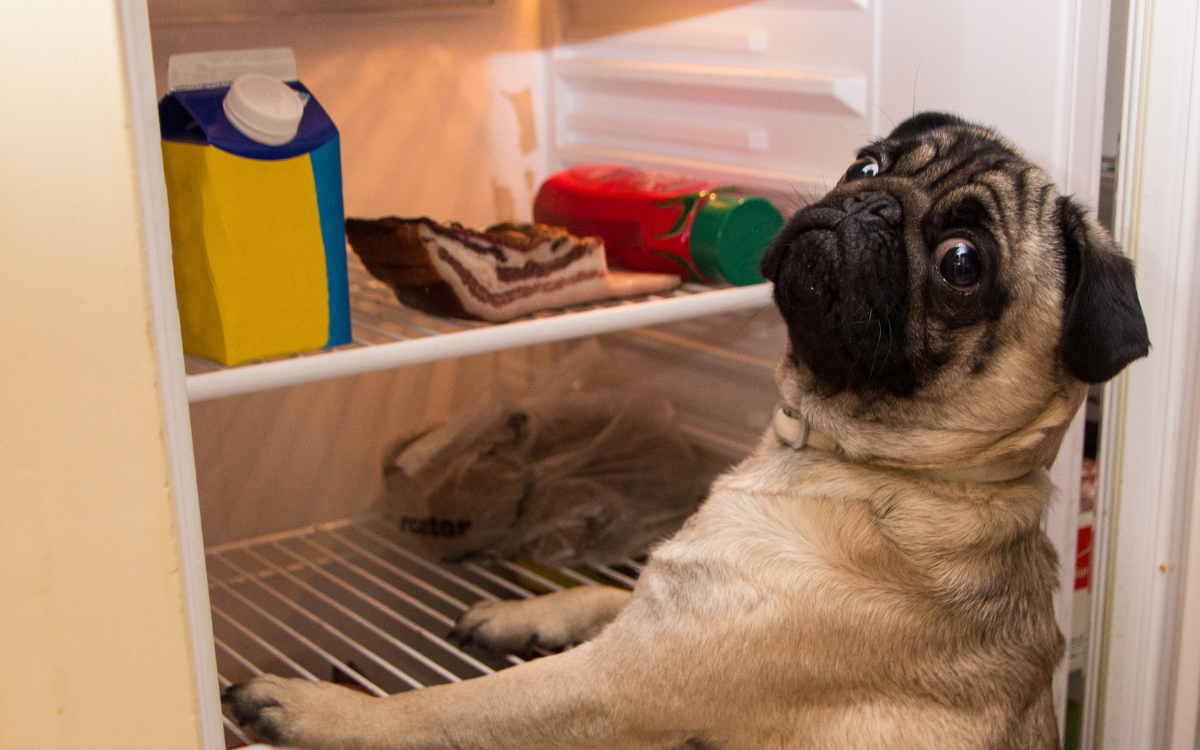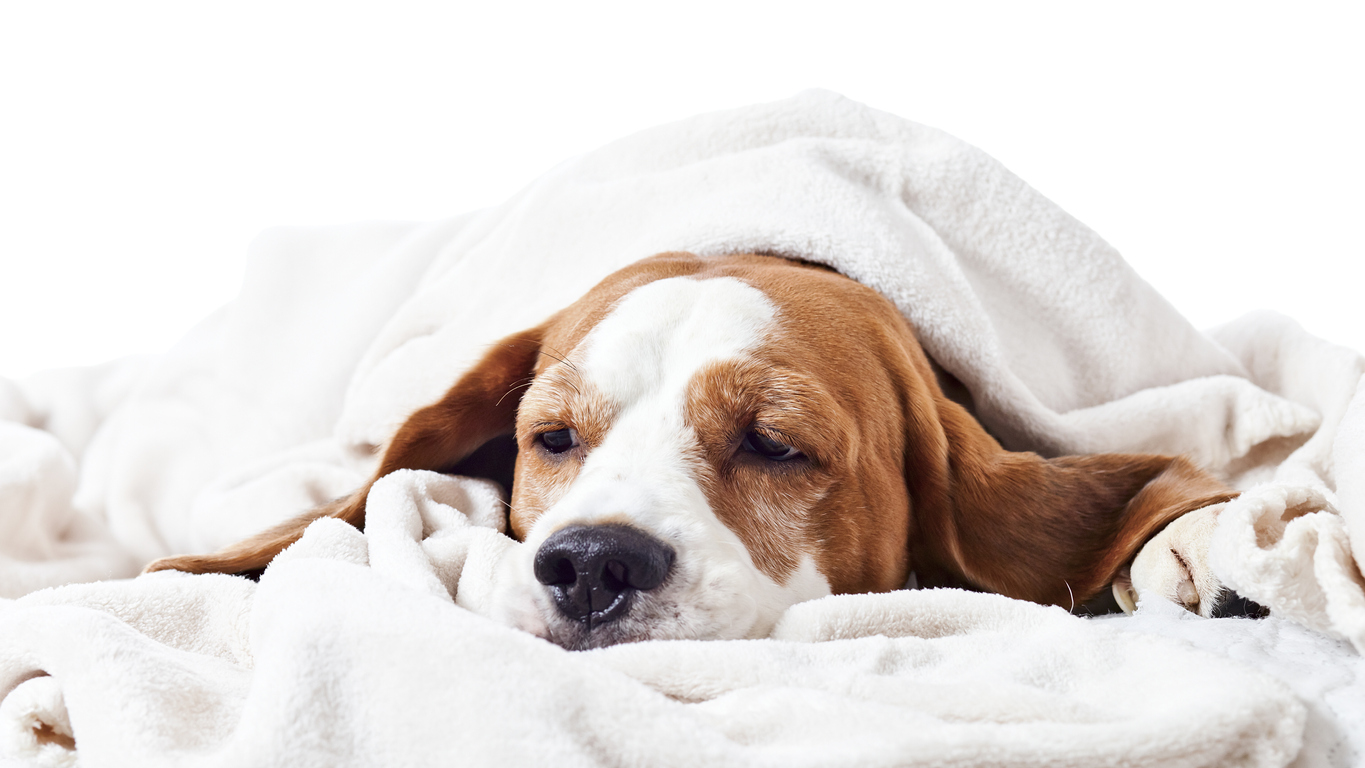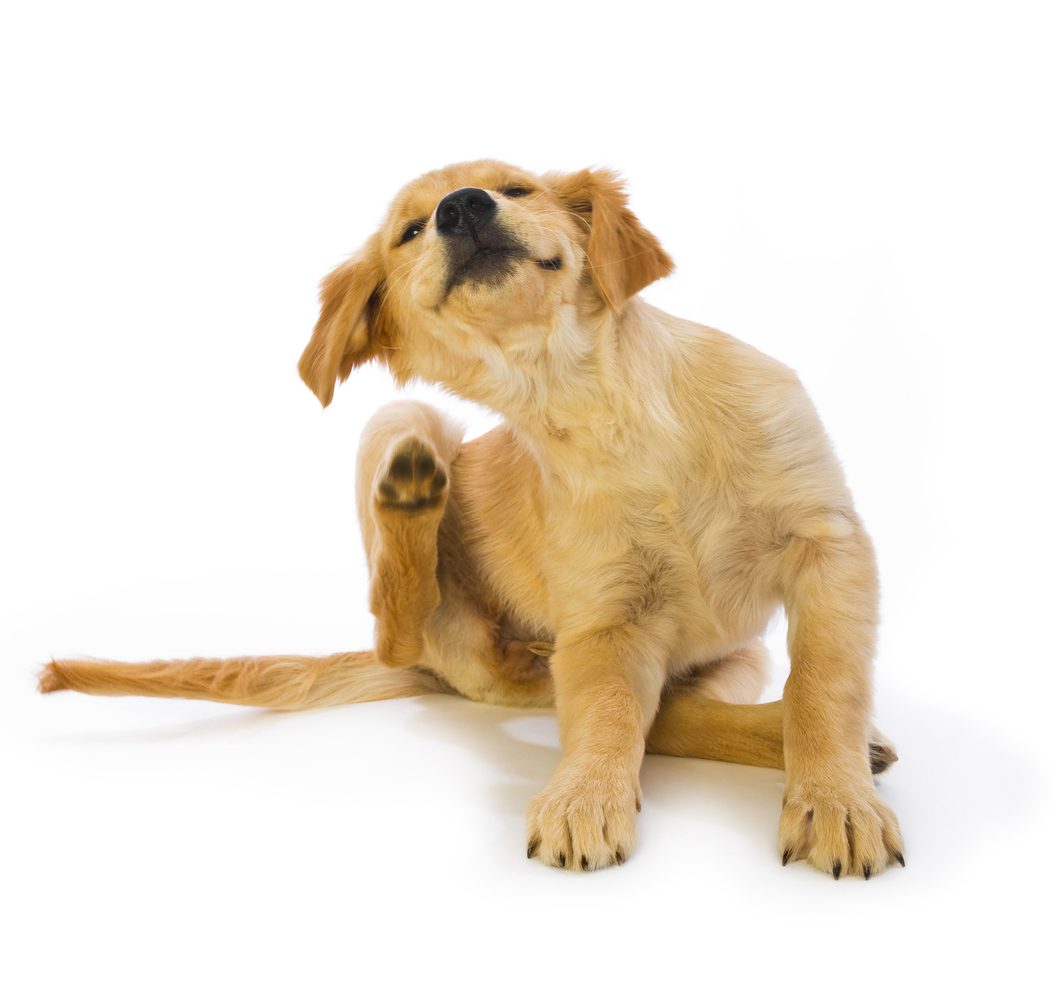For Pups With Short Attention Spans…
Parvovirus is a DNA virus that is well known for causing severe illness in puppies. Dogs can catch parvo from contact with fecal matter which is a massive vector for infection. Additionally, infected pups can often infect other dogs they are in contact with. Parvovirus is characterized by hemorrhagic diarrhea and is extremely serious, requiring intensive hospitalization. Because parvovirus is very difficult to rid from the environment, vaccination is the most effective method of prevention.
If you’ve ever raised a puppy, you probably know the parvovirus vaccine is one of the important immunizations your pup receives when they’re young. But you may be less familiar with parvovirus itself. What is it? How is it contracted? And why is it dangerous?
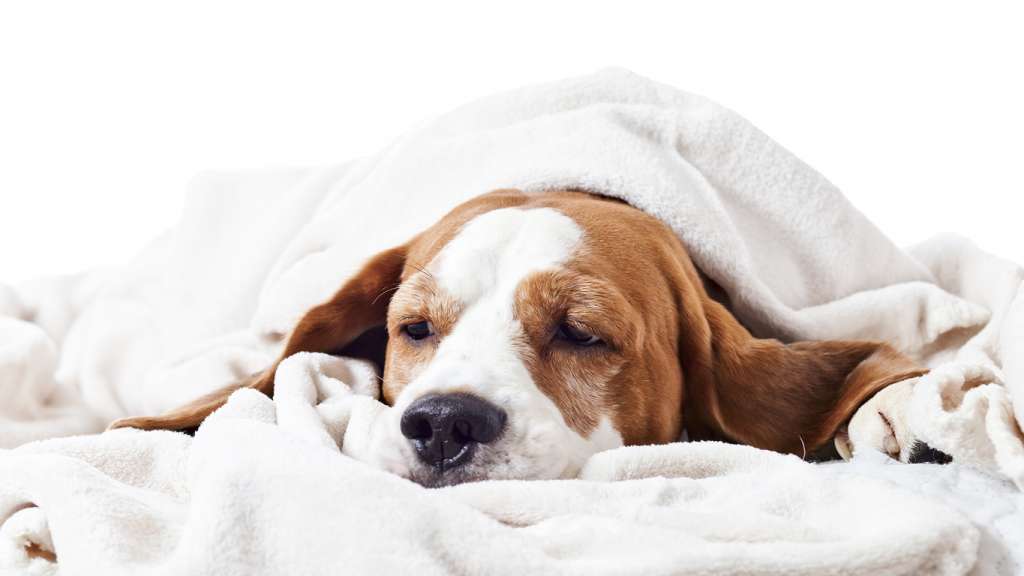

What Is Parvo?
Canine parvovirus is a small DNA virus responsible for serious (and possibly fatal) illness, particularly in young dogs. The classic example is puppies under 6 months of age with incomplete or unknown parvo-vaccination that develop lethargy, vomiting and bloody diarrhea. Older, immunocompromised, and ill animals are also at risk of severe illness from parvovirus. Luckily, this virus does not affect people, so no need to worry about catching parvo from your dog while you nurse them back to health and clean up! Dogs that develop severe illness from canine parvovirus usually require intensive hospitalization to survive. The good news is that treatments have advanced a lot: some studies show up to 90% survival with hospitalization1.
Wait… How Do Dogs Catch Canine Parvovirus?
Parvovirus is shed in the feces of infected animals in huge numbers. A dog becomes infected by oral contact with the fecal material. This does not require your animal eating a pile of poop. Even a very small amount of virus can get in your dog when playing or grooming and can lead to illness. And parvo can be present even in places that appear clean.
Unfortunately, parvovirus is considered ubiquitous; it’s everywhere, and it’s very hard to kill with routine cleaning practices2. Parvovirus is also very contagious, so avoiding any exposure to canine parvovirus is unlikely and impractical.
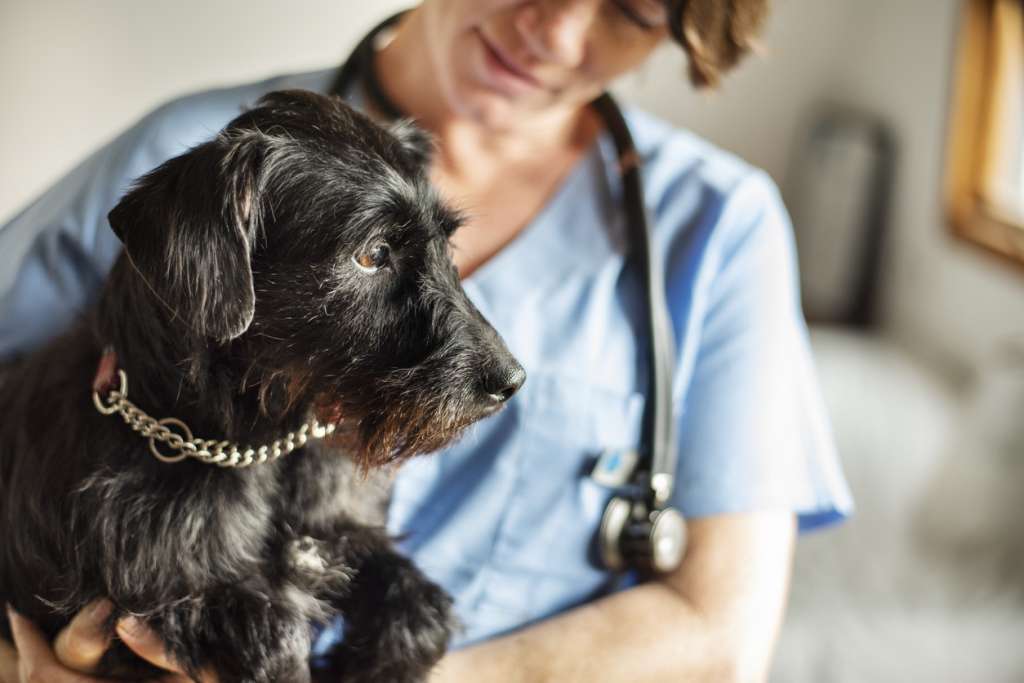

What Do Symptoms of Parvovirus Look Like?
A young dog, usually less than 4 months of age, that was fine yesterday or even this morning but now has no energy and is having hemorrhagic diarrhea is what parvo “typically” looks like. When I say hemorrhagic diarrhea, I am not talking brown loose stool with blood on it, I am talking about something that looks like a crimson jam but smells like bad meat. The smell is often tear-inducing, especially if you have never experienced it before.
There are other causes for foul smelling diarrhea, but in a young unvaccinated or incompletely-vaccinated dog, parvovirus is a consideration. If the household has multiple young at-risk dogs, it’s not uncommon for one dog to get sick first and then most or all other dogs to become sick within 3 to 5 days. Unfortunately, in some very young or immunocompromised pups, a sudden unexplained death can be the first symptom of parvovirus noticed. If you have a young litter and one of the puppies unexpectedly passes, this could be the cause.
Yikes! What Do I Do If I’m Concerned My Dog May Have Parvovirus?
If your dog was near a dog diagnosed with parvovirus in the last 5 days, monitor them closely for symptoms and do not get together with dogs outside your household for at least a week. This means skip the groomer, the dog park, or even walks in areas with lots of dogs.
If your dog is exhibiting symptoms of parvo, first place them in a safe and easy-to-clean location. If any other dogs live in the home, make sure they do not have access to any areas where the sick dog has an accident.
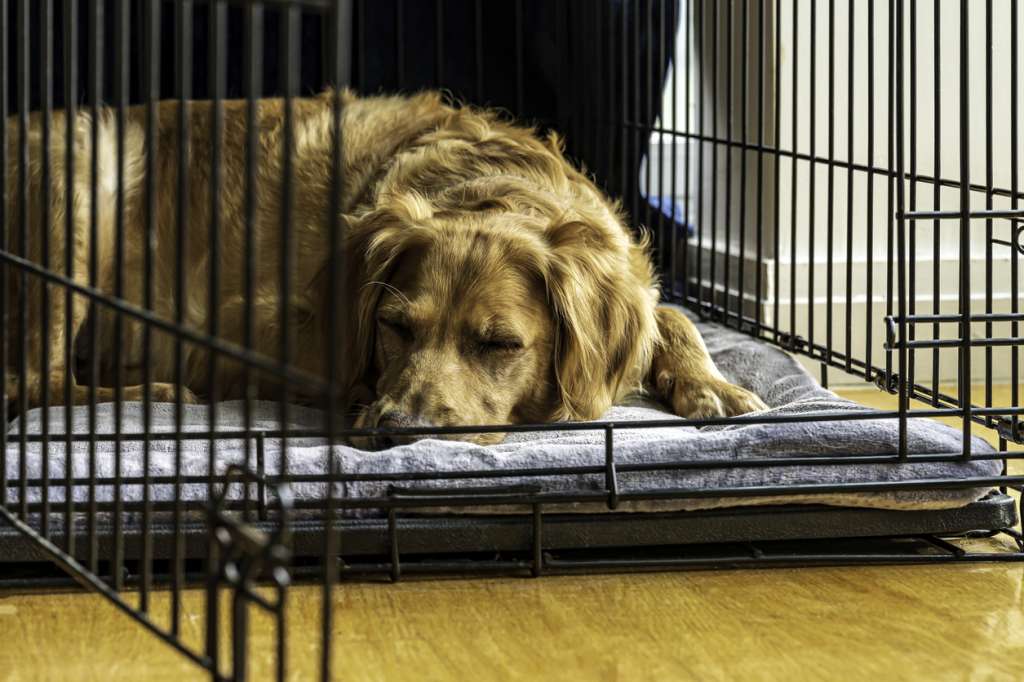

Next, call your vet and make sure to tell them you are concerned your dog has parvovirus. Parvovirus is very contagious, and not every facility is set up to handle an actively sick parvo case. Some vets can diagnose but will transfer for hospitalization. Others can handle it all, but have protocols to protect other patients. Regardless of what they are set up for, telling the clinic upfront when you are setting up the visit will help everything go smoothly for your dog.
Speaking of things going smoothly, a small note about the financial side of things: since hospitalization is almost always required for treatment of parvovirus, knowing what you can afford is helpful before you spend all your funds running tests only to find out they are really ill and there’s no money left to treat them. Working within a budget is something your veterinary team is accustomed too, but they can only do so if you tell them up front.
So Your Dog Is Hospitalized For Parvovirus, How Do You Clean Up The Mess?
Parvovirus is an annoyingly difficult virus to kill in the environment. The first step is to remove all visible mess. If bedding or toys were heavily soiled, it is best to throw them out and replace them. Any soft surface the dog regularly comes into contact with, but did not heavily soil, should be washed thoroughly. Any and all visible bodily fluids should be removed from the yard.
Next, use a cleaner that can kill parvovirus. Not all cleaners can kill parvovirus, and even those that can must be used in appropriate concentration and left on long enough. Read the labels carefully and measure out the mixture precisely. Do not just eyeball it! Bleach can kill parvovirus at a 1:32 beach to water dilution if left saturating the surface for 10 minutes and then rinsed3,4. Just remember, bleach can stain carpet, fabric, and upholstery, so this is not ideal in all circumstances.
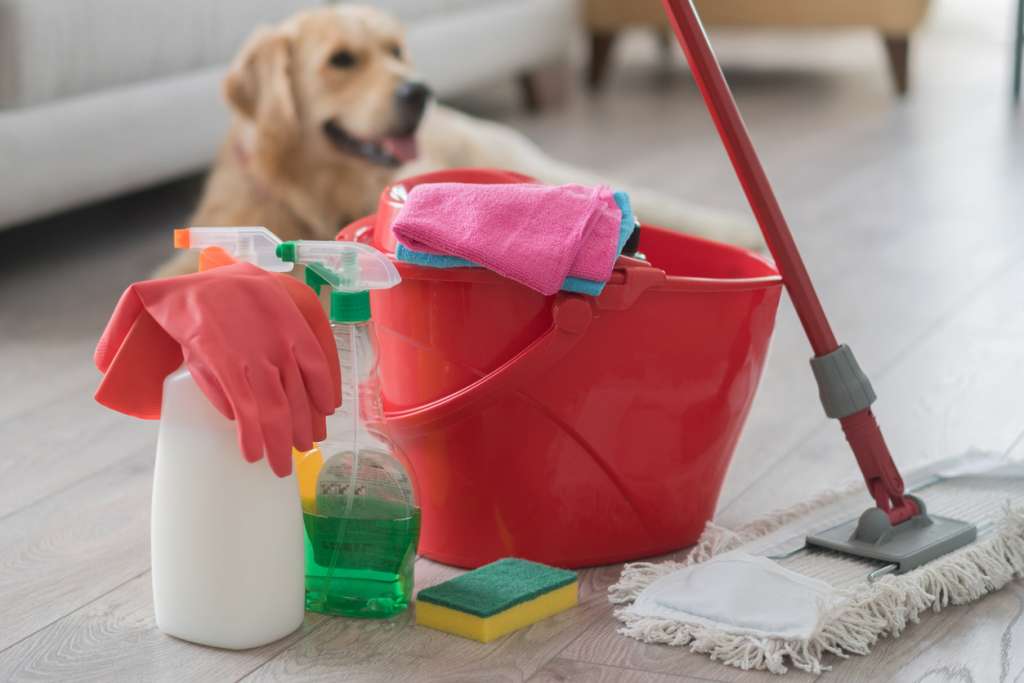

Quaternary ammonium disinfectant, potassium peroxymonosulfate disinfectant, and accelerated hydrogen peroxide disinfectant are other types of cleaners that can be used to kill parvovirus, but again, read the instructions carefully based on what surface you are trying to clean4.
Cleaning up outside surfaces can be particularly difficult. Once you have picked up all visible debris, rinse the area heavily (as long as there is good drainage and the area will not pool) and allow it to dry. Once the area is dry, trim the lawn and any plants, and then apply a cleaner that is safe for plant material4.
It is not realistic to eliminate parvovirus completely from your environment, but aggressive cleaning is important to reduce the amount of virus in the area and the risk to any other dog coming to that area. Only vaccinated dogs should have access to these areas. Parvovirus can survive for at least 7 months (possibly longer in cold climates)3.
So If I Can’t Avoid Parvovirus, What Can We Do To Protect Our Dogs?
Complete vaccination against parvovirus is the best protection from disease. If breeding your female dog is on the table, make sure she is up to date on all recommended vaccinations prior to breeding. Mama dog having good immunity is essential to protect puppies while they are developing (and until they are old enough to get vaccinations of their own).
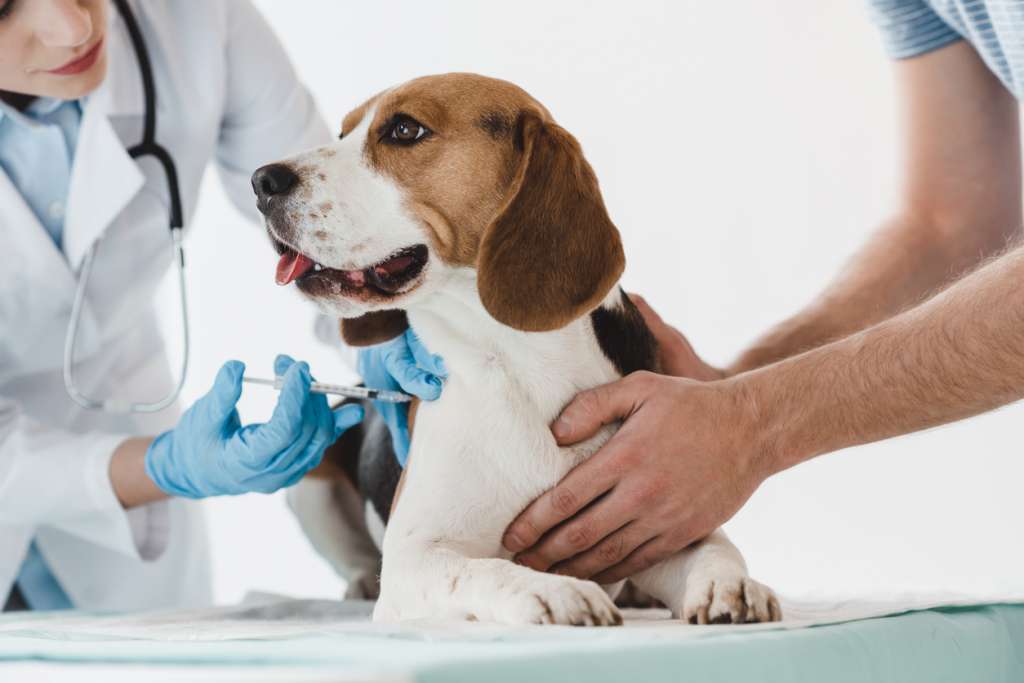

Once puppies reach 6 weeks of age, they’re eligible for vaccination. This is very effective against canine parvovirus if the full series is completed at the recommended ages. If you have an incompletely vaccinated puppy, you can reduce risk by avoiding public dog spaces (like dog parks and doggie daycare) in favor of private gatherings with dogs you know to be completely vaccinated.
Puppies are considered completely vaccinated when they have received at least 3 vaccinations, with at least 3 to 4 weeks between each shot, and with the last shot occurring after the pet is 16 weeks of age. So if your puppy is less than 16 weeks old or has not had their last vaccination, they are at increased risk.
These precautionary measures are an absolute must for protecting your pup and setting them up for a long, happy life with you!
Colleen Ferriman, DVM, is a canine and feline health, wellness, and illness management advocate. She has a combined 10 years of experience in clinical medicine, education, and educational content development. Colleen graduated from Colorado State University as a Doctor of Veterinary Medicine, has worked as a general practitioner, and has contributed to the development of veterinary educational tools. She is also a member of the American Veterinary Medical Association and American Academy of Veterinary Pharmacology and Therapeutics.
Sources
1 Rathrock, K. “Canine Parvovirus Infection (Canine).” VINcyclopedia of Diseases 2018.
2 Goy-Thollot, I. “Parvovirus Update.” EVECC 2019.
3 Cote, E. “Parvoviral Enteritis.” Clinical Veterinary Advisor Dogs and Cats, 2nd ed. St. Louis, Elsevier Mosby 2011 pp. 839-841.
4 Howell, H. “Sanitizing and Disinfecting the Environment after Parvovirus in Dogs.” Veterinary Partner 2021.



